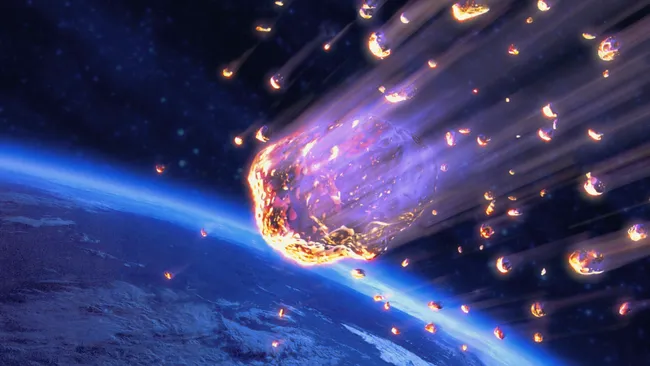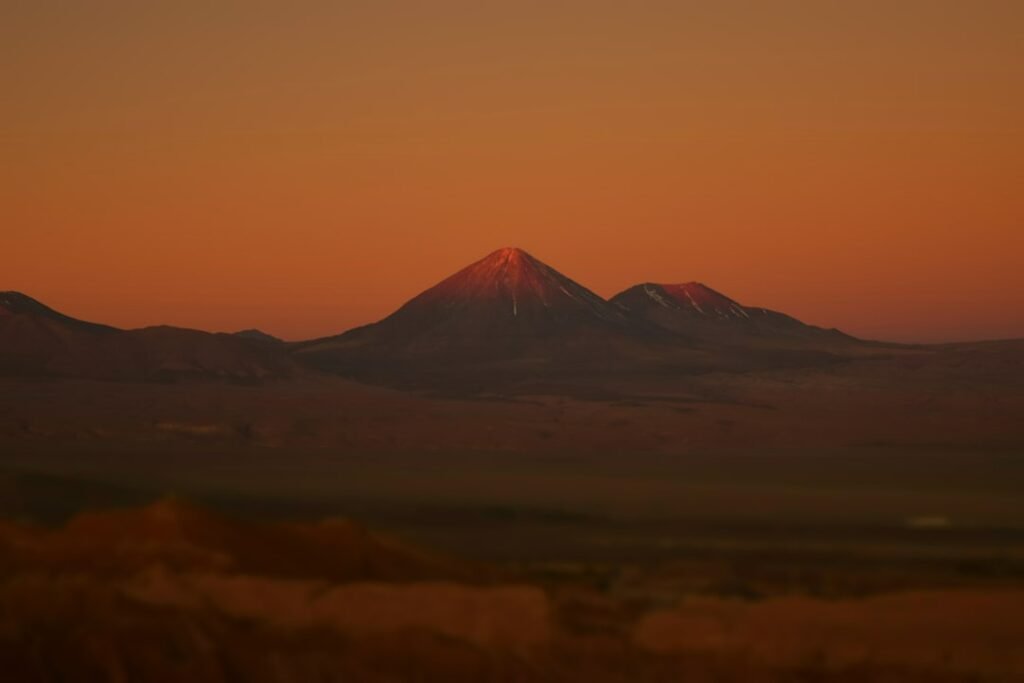Asteroid 2024 YR4, which used to be thought to be on a collision course with Earth and could “kill a city,” has changed course and is now 4.3% likely to hit the Moon in December 2032 instead of hurting our planet. If it hits, it could send a lot of lunar debris flying, some of which could fall to Earth as a beautiful but deadly meteor shower, putting satellites and other space equipment at risk like never before. New math shows that this cosmic bullet storm could hit spacecraft in orbit 1,000 times more often than normal meteoroid strikes. This makes us think about how to keep our planet safe and how weak our civilisation is because it depends on space.
From Earth Threat to Lunar Menace: The Shifting Fate of 2024 YR4
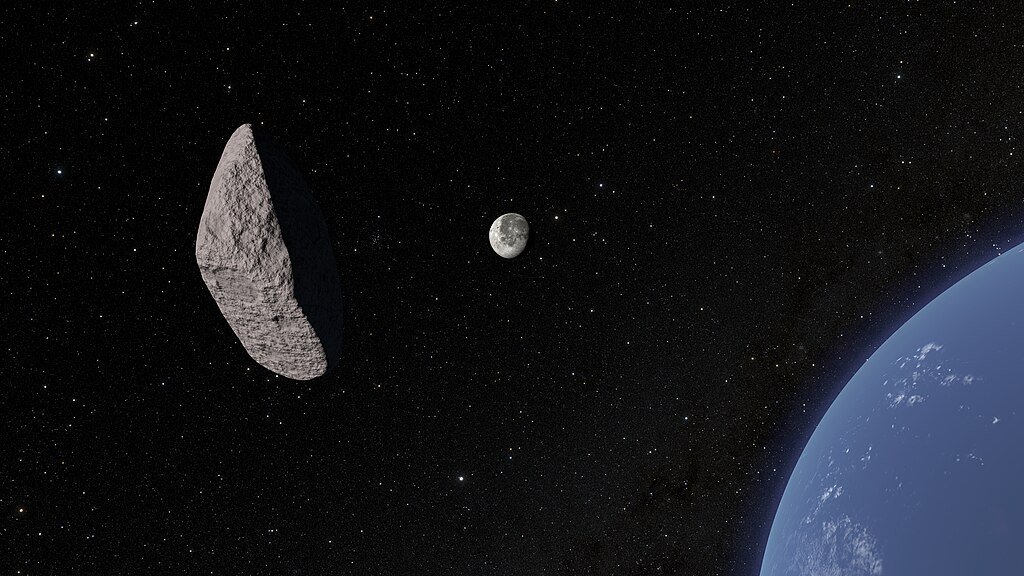
Scientists discovered asteroid 2024 YR4 in December 2024. At first, the planetary defence community was shocked because early estimates said there was a 3.1% chance that it would hit Earth in 2032, which was the highest ever for an asteroid of its size. But by February 2025, more accurate observations ruled out an Earth collision, lowering the risk to zero. But scientists quickly figured out that the asteroid could still hit the Moon, with the chances rising to 4.3% by the middle of June 2025.
2024 YR4 is not a small threat; it’s about 60 metres (200 feet) wide, which is about the same as a 15-story building. If it hits the Moon, the explosion would release energy equal to that of a big nuclear bomb and send up to 100 million kilogrammes (220 million pounds) of lunar rock into space. Simulations show that Earth’s gravity could pull in 10% of this debris, which would cause a meteor storm that could last for days and be seen all over the world.
A Meteor Storm Like No Other: Beauty and Danger Combined
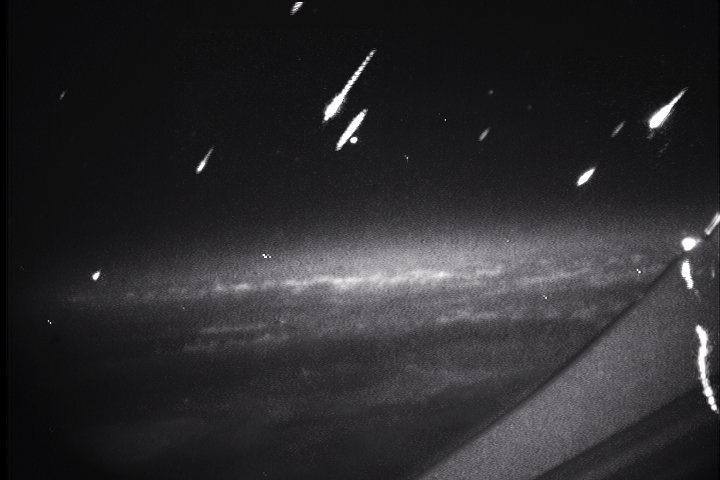
Most of the time, meteor showers just have little bits that burn up in the air without hurting anyone. But chunks of debris from a lunar impact could be as big as fists or even bigger. These “space bullets” would travel at tens of thousands of kilometres per hour and wouldn’t kill anyone on the ground, but they might cause a lot of damage to satellites.
Paul Wiegert, the study’s lead author, warns that the probability of satellites crashing into each other might go up by 1,000 times. He adds that “a rock the size of a centimetre at these speeds is like a bullet” and that significant buildings like China’s Tiangong space station (which will still be functioning after 2030, unlike the ISS) might be badly damaged. The meteor shower would be a wonderful sight, but it would also illustrate how feeble our orbital networks are.
The Moon as a Cosmic Shield And a Debris Factory
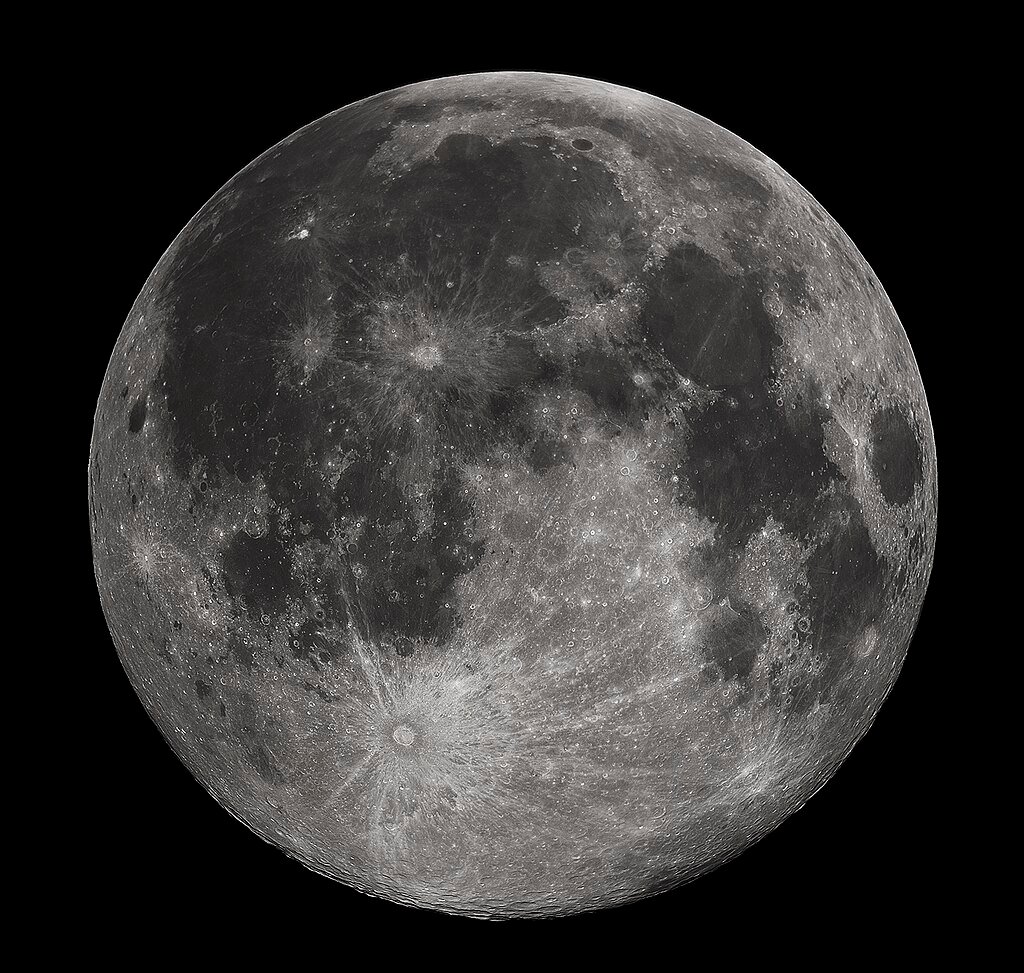
The Moon has been a silent protector of Earth for a long time, taking the hits from asteroids that would have hit our planet. But this time, its job of protecting could go wrong. If 2024 YR4 hits the side of the Earth that faces the sun (which has a 50/50 chance), the debris that comes out would follow paths that cross our orbital paths.
When you look at history, this would be the biggest impact on the moon in at least 5,000 years. The 2013 Chelyabinsk meteor, which was only 20 metres wide, hurt 1,500 people. A Moon strike doesn’t have an air cushion like an atmospheric explosion does, so harder, faster pieces could get closer to Earth.
Planetary Defense at a Crossroads: Could We Stop It?
NASA’s 2022 DART mission showed that we can change the path of an asteroid, but deflecting 2024 YR4 will be harder. There isn’t much time left, with only eight years until the possible impact. A kinetic impactor, like DART, might take ten years to safely push an asteroid off course. This means that the only option might be to break up the rock into smaller, less dangerous pieces.
But Wiegert warns that a mistake could accidentally send debris towards Earth. He warns, “If we wait too long, it may be too dangerous to change its path.” The asteroid’s small size and strange rotation make it even harder to find ways to stop it.
NASA’s Budget Crisis: A Threat to Asteroid Tracking
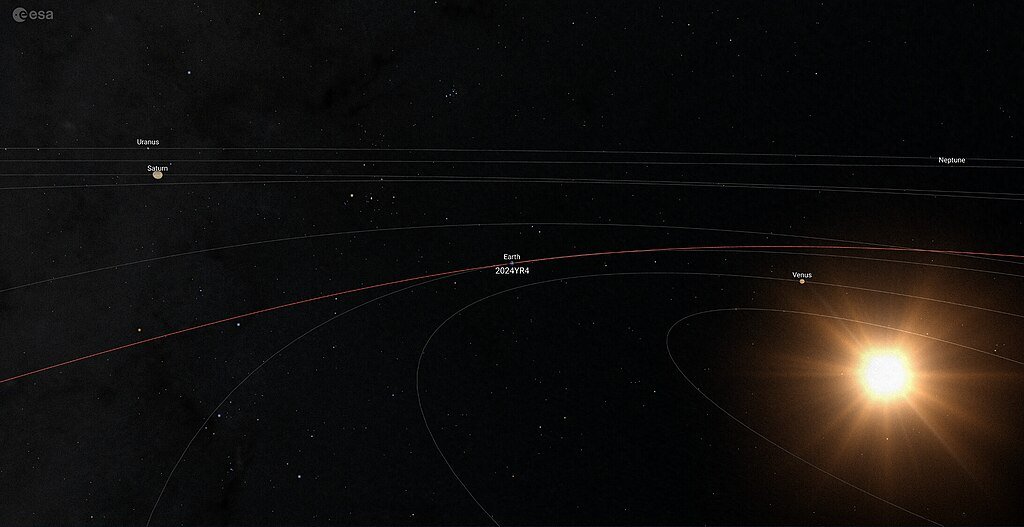
NASA is facing an existential threat as 2024 YR4 approaches. Proposed budget cuts for 2026 could cut planetary defence funding by 47%, which would cripple programmes like the NEO Surveyor telescope, which is meant to find dangerous asteroids. The cuts would also end missions like OSIRIS-APEX, which was supposed to study the asteroid Apophis when it came close in 2029. This was a great chance to improve deflection techniques.
Jacqueline McCleary, an astrophysicist at Northeastern University, says the cuts are a “strategic mistake” and warns that losing NASA’s ability to monitor could leave us blind to future threats. “This is not work that the private sector will take on,” she says.
The Bigger Picture: A Wake-Up Call for Space Preparedness
2024 YR4 is a sign of a bigger problem: astronomers think there are more than 200,000 near-Earth asteroids that we still don’t know about. This asteroid won’t hit Earth, but its threat to the Moon shows how important it is to:
- Better tracking: More powerful infrared telescopes like NEO Surveyor can find dark asteroids that are hard to see.
- Faster deflection tech: Creating missions that can respond quickly to threats that don’t give much warning.
- Satellite shielding: Keeping satellites safe from meteoroid swarms.
Wiegert says, “This is a good test case for planetary defence.” It could show whether people move from being passive observers to active guardians of their cosmic neighbourhood.
Conclusion: A Celestial Drama Unfolding in Slow Motion
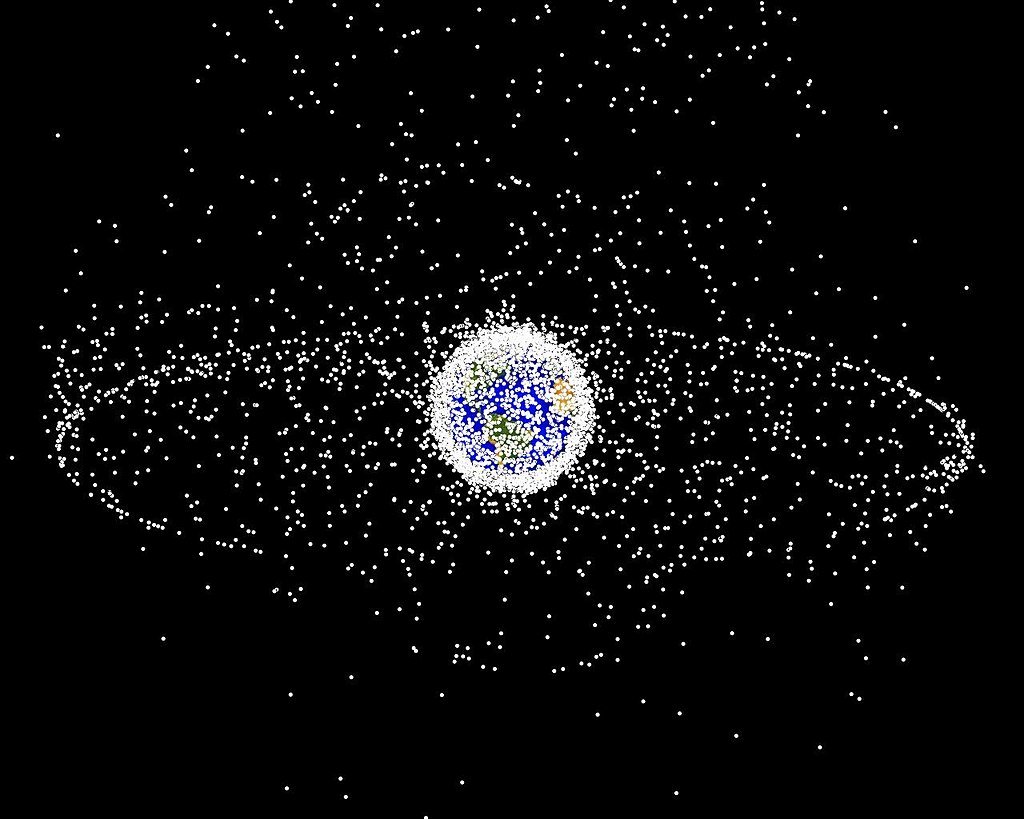
At this point, 2024 YR4 is still a possible threat, but one with real consequences. By 2028, when it gets close again, we should know for sure if it will hit the moon. For now, the world has two problems to deal with: getting ready for a possible storm of space debris and fighting to protect the systems that keep us safe from cosmic threats. The clock is ticking, and it looks like the sky is far from empty.
Sources:

Suhail Ahmed is a passionate digital professional and nature enthusiast with over 8 years of experience in content strategy, SEO, web development, and digital operations. Alongside his freelance journey, Suhail actively contributes to nature and wildlife platforms like Discover Wildlife, where he channels his curiosity for the planet into engaging, educational storytelling.
With a strong background in managing digital ecosystems — from ecommerce stores and WordPress websites to social media and automation — Suhail merges technical precision with creative insight. His content reflects a rare balance: SEO-friendly yet deeply human, data-informed yet emotionally resonant.
Driven by a love for discovery and storytelling, Suhail believes in using digital platforms to amplify causes that matter — especially those protecting Earth’s biodiversity and inspiring sustainable living. Whether he’s managing online projects or crafting wildlife content, his goal remains the same: to inform, inspire, and leave a positive digital footprint.

